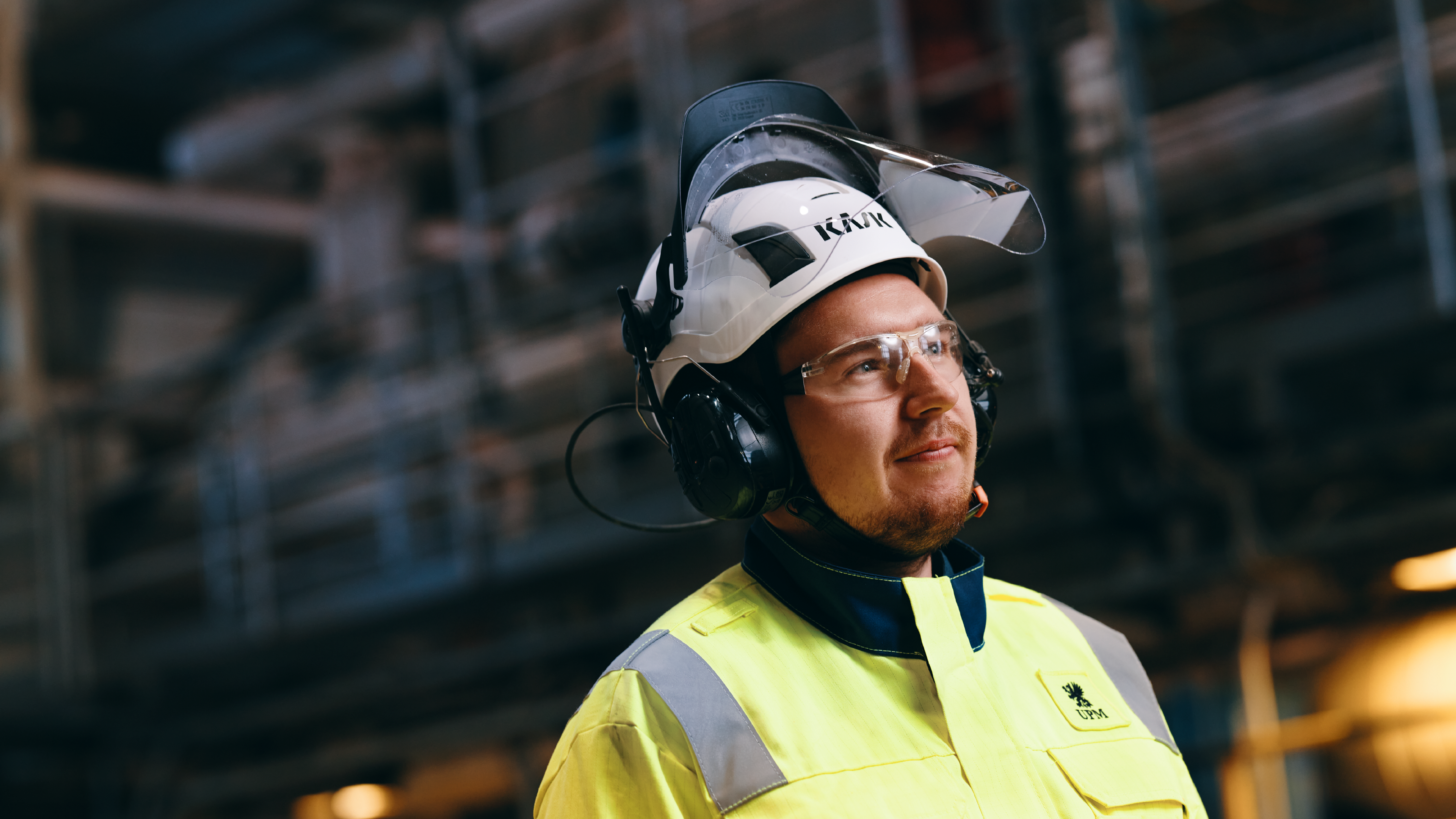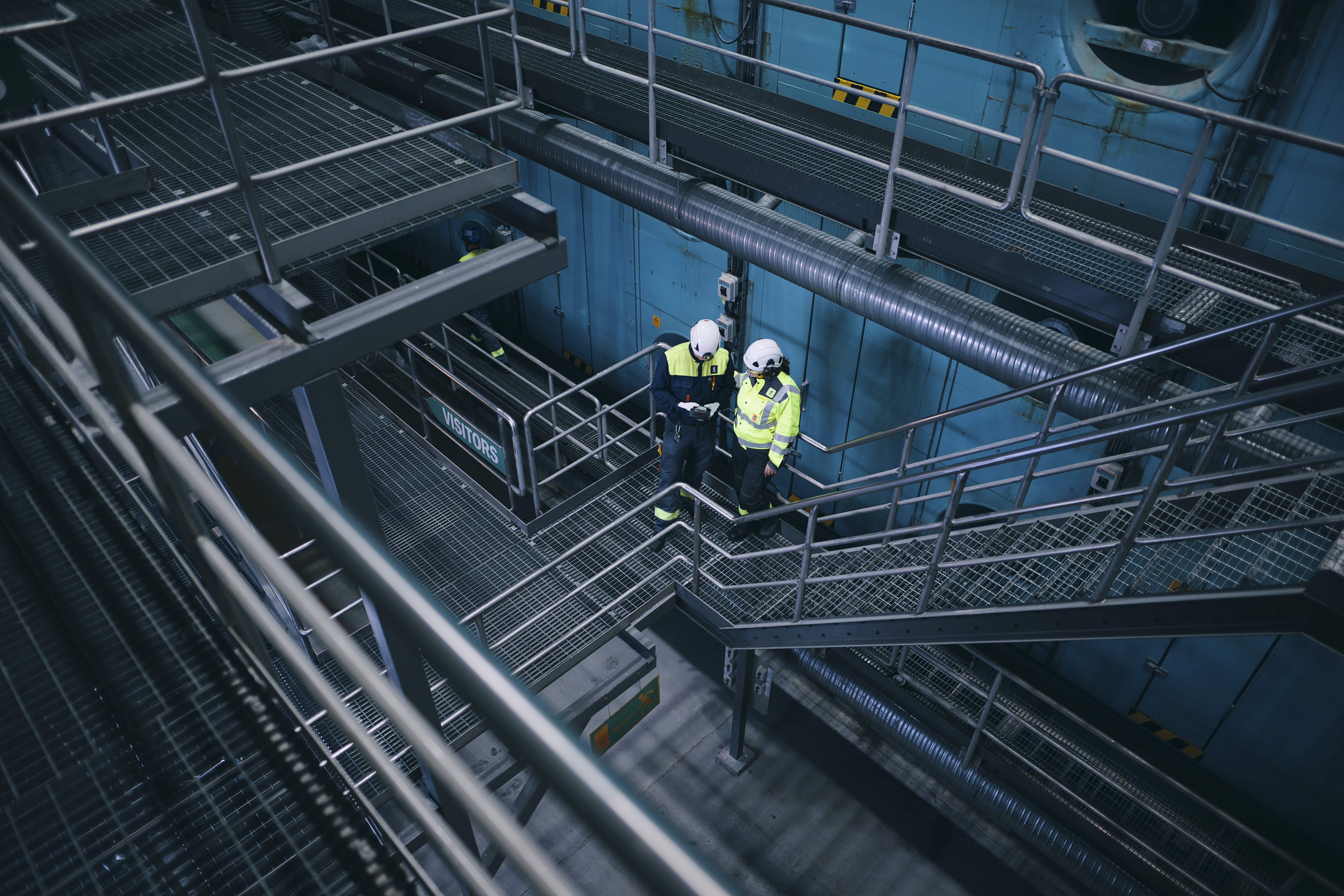Employee safety and wellbeing are essential values for UPM. Working with such things as large machinery, scaffolding and logistics at pulp mills requires careful safety planning. The goal is to make every single workday accident free. This spirit of commitment to safety is evident when talking to Alba Berrutti, Safety Manager of UPM’s Uruguay Operations.
"To me, success is only achieved if safety is part of it. In this sense, safety is a non-negotiable value. This does not mean remaining passive. We are always gathering information, attending to new challenges, adapting and transforming," Berrutti explains.
UPM is currently expanding its operations in Uruguay. The Fray Bentos mill continues with good production levels while maintaining a focus on safety. Safety measures are also necessary at the new Paso de los Toros mill, which receives large loads of material and requires good coordination and planning for security within the property. In addition, tests are carried out to find the safest way to carry out pulp transport operations in the future, Berrutti explains.
Commitment to safety has clearly paid off. Forestry and wood supply company UPM Forestal Oriental in Uruguay was one of the nominees for the UPM Best improver Safety Award in 2021. The award was created to inspire even more innovations in the safety field.

Communication is key
Even though safety has always been part of the job, there are also new approaches. One of them is applied in Finland.
Aki Huomo works as the safety manager with a particular emphasis on developing and planning. He oversees safety at all pulp mills in Finland: Kaukas, Kymi and Pietarsaari. The area is geographically vast and requires lots of travelling, but Huomo is motivated and excited to develop safety further. He has found an effective way to communicate safety issues.
"Times change. Handing out prints with safety instructions is simply not effective anymore. Instead, we have created a mobile app that anyone can download. It includes specific information and instructions on safety for our constructors and suppliers on the specific mill they are working on," Huomo says.
The app has already been used during mill maintenance shutdowns and was recently introduced at the Lappeenranta biorefinery. According to Huomo, the feedback has been positive.
"The UPM Safety app includes all the crucial safety information for our mills in a modern and compact form. We can easily reach the app users in real time by messaging them about current safety matters and events," Huomo explains.

Systematic safety measurements
Alba Berrutti and Aki Huomo say that day-to-day actions define the safety culture of a workplace. Safety must become a value that covers all activities and is reflected at all levels of an organisation. Only by including everyone can safety become a shared practice and part of the culture.
Because safety is not only about saying but also doing, it is important to have ways of gathering information on the success rate of safety operations. Two types of measurements are used to collect data: proactive and reactive indicators. The focus is placed on proactive indicators when developing a safety culture at work.
The proactive indicators include reviewing safety observations from employees and conducting safety walks and audits at the mills to inspect possible points of improvement. The Total Recordable Injury Frequency per million hours worked (TRIF) number is used as the reactive indicator. This measurement records accidents which have required medical care or absence from work. The figure is then reflected against one million working hours. The TRIF number can work as a benchmark to set goals for improving safety.
Berrutti describes a similarly systematic way to measure the safety of operations used in Uruguay. There are standards for safety in engineering, procedures, and training, but also the human factor is taken into consideration. The human factor is an essential element that both Berrutti and Huomo refer to.
“During my safety training, I concentrate a lot on group dynamics. I see safety as a right mindset inside the workplace," Huomo says. Berrutti agrees:
"We are not isolated entities, but a working community. Our decisions and actions create an impact. In that sense, we believe in a positive impact, in having a strategy together, carrying it out and always maintaining it, even during challenges."
Text: Anna Gustafsson